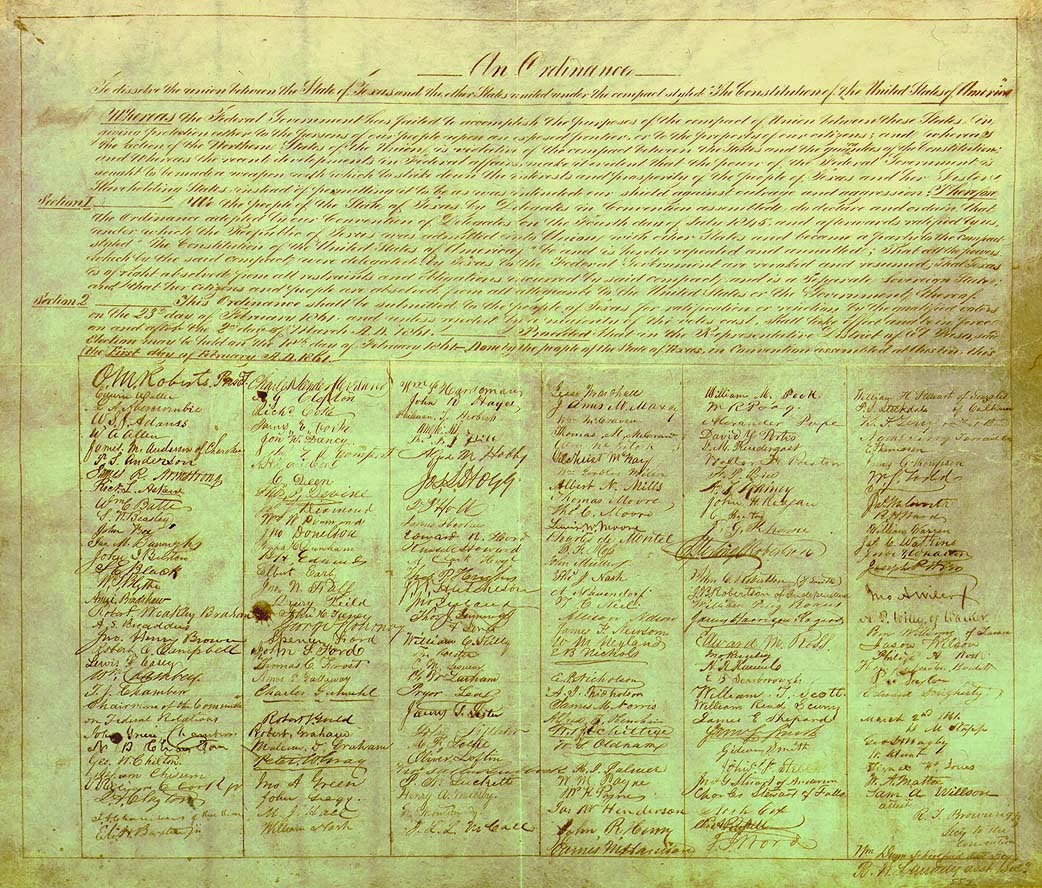The
Confederate Army Medical Department was created February 26th 1861
by the provisional government.
The
Confederacy moved faster than the Union in establishing a medical corps. The Confederate Medical Department was
created within the structure of the army on February 26th 1861. Confederate President Jefferson Davis
appointed David C DeLeon as the Surgeon General. There was an error in the military
regulation, which omitted the section for creating medical officers. Many of the physicians who enlisted in the
service did so as privates and were used as regimental surgeons.
DeLeon had a
staff of 25, and they created the armies medical standards. They developed field service shortly after
the Battle of First Manassas. The early
field hospitals couldn’t handle the amount of wounded, and many had to be sent
to southern cities for care. Davis
replaced Deleon with Samuel Preston Moore, who had more experience in medical
administration. He started by reviewing
and replacing none qualified surgeons.
In August 1861 the Confederacy began building their own hospitals, and
by 1862 they were providing regiments with medical supplies including surgical
instruments and medicines.
If you’re
interested in reading more about the Confederate Medical Department this is a
good web site.












